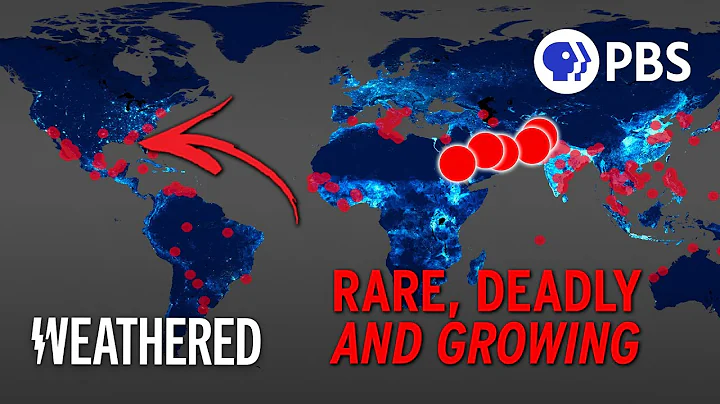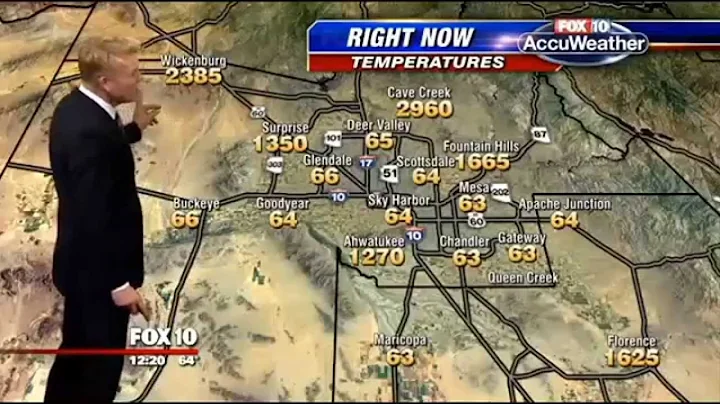Harrison Forman, born on June 15, 1904, in Milwaukee, Wisconsin, USA, died on January 31, 1978 in New York, USA, at the age of 73. He is a well-known photographer, explorer, writer and member of the American Geographic Society. As a foreign correspondent, Foreman's pictures and articles often appear in major European and American media such as " New York Times ", " London Times ", " Life ", "Look", "Collier", "Harpers" and " Reader Digest ". Forman travels the world with anthropologist's eyes. He was fascinated by the life, culture, economy, government and infrastructure of every place he visited. Forman was known as the "Modern Marco Polo" at his heyday. He was often the first Westerner to appear in remote areas and always seemed to appear in the right place at the right time, witnessing important moments in history with his photography.
In the early 1930s, Forman first came to Tibet and made a large number of video recordings of this mysterious area. After the outbreak of the Anti-Japanese War in 1937, Shanghai was immediately recorded in detail. After that, he went to northern Shaanxi and interviewed Peng Dehuai and He Long and other Red Army generals. In 1943, Forman and foreign journalists in Chongqing initiated the establishment of the Association of Foreign Press in China. In 1944, Forman, on behalf of the Hezhongshe and the " Times ", as a member of the Chinese and foreign journalists' visiting group, came to the anti-Japanese base area behind the enemy such as the Shaanxi-Gansu-Ningxia Border Region, for a five-month interview, and visited the main leaders of the Communist Party of China, including Mao Zedong and a large number of anti-Japanese military and civilians in the border areas. He reported to the world the holy land of the War of Resistance against Japan Yan'an , the model anti-Japanese base area of Shaanxi-Gansu-Ningxia Border Region, and the arduous and heroic Eighth Route Army, and wrote the "Red China Report" that caused a sensation in China and abroad (this book was later translated as "The Northbound Comics"). In 1973, Forman visited Yan'an again and made color images records.
The series serialized this time contains about 10,000 photos, including the people's livelihood situation in Tibetan areas; the people's livelihood and current affairs in China before and after the liberation, etc. The shooting locations involved: Tibet, Qinghai, Gansu, Shanghai, Chongqing, Beijing, Shaanxi, Hong Kong and other places, spanning 1932 to 1973. In the dual dimensions of time and space, the lives of these hardworking, simple and brave people living on the land of China are recorded in detail, showing and preserving China's rich ethnographic information in the mid-twentieth century.
In the current world, in a special era where there has not been any major changes in a century, looking back at the photos of China half a century ago, looking back at the Chinese nation in the most dangerous and darkest period, saving the nation and exploring its own arduous journey forward, I believe that it can bring us more thinking and confidence in the present and the future.

1937 Shanghai bombed area

1937 Shanghai bombed area

1937 Shanghai Send troops to recover lost land in the Northeast

1937 Shanghai evacuated from the business office

1937 Shanghai Barricades in commercial district

1937 Shanghai Soldiers

1937 Shanghai Shanghai Drug addicts

1937 Shanghai The bombed railway station

1937 Shanghai The bombed buildings

1937 Shanghai The barricades of commercial district

1937 Shanghai Traffic stations and soldiers

1937 Shanghai warship on the river in the British controlled area Bund (Huangpu River)

1937 Shanghai Boy Scouts and Harrison Foreman

1937 Shanghai Evacuated personnel sat on the deck of the ship, with the background of warship

1937 Shanghai Air raid notice

1937 Shanghai Beijing-Shanghai, Shanghai-Hangzhou-Ningbo Railway Office Building











